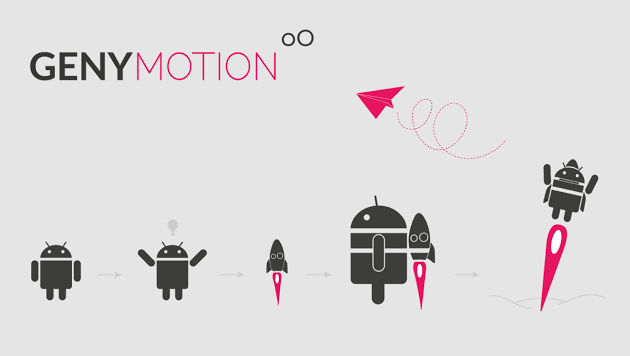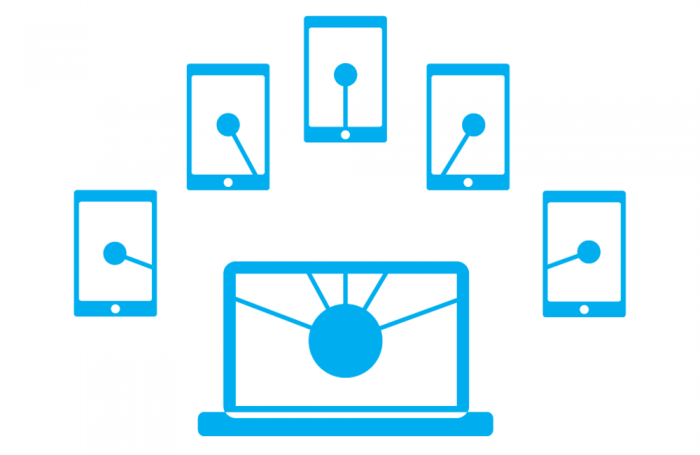Mobile application development protocol is a set of rules and procedure that we need to follow before starting the mobile application project, during the project execution and after the project delivery. We are introducing this protocol for following reasons,
- To make our work efficient and fast by following standard programming practice.
- Easy to collaborate with multiple team member.
- Increase readability of code.
- Ensure security / privacy in mobile application
- Gathering crash report information to resolve bugs in the application before and after production.
- Collecting user behaviour within the app that will help for future enhancement planning.


